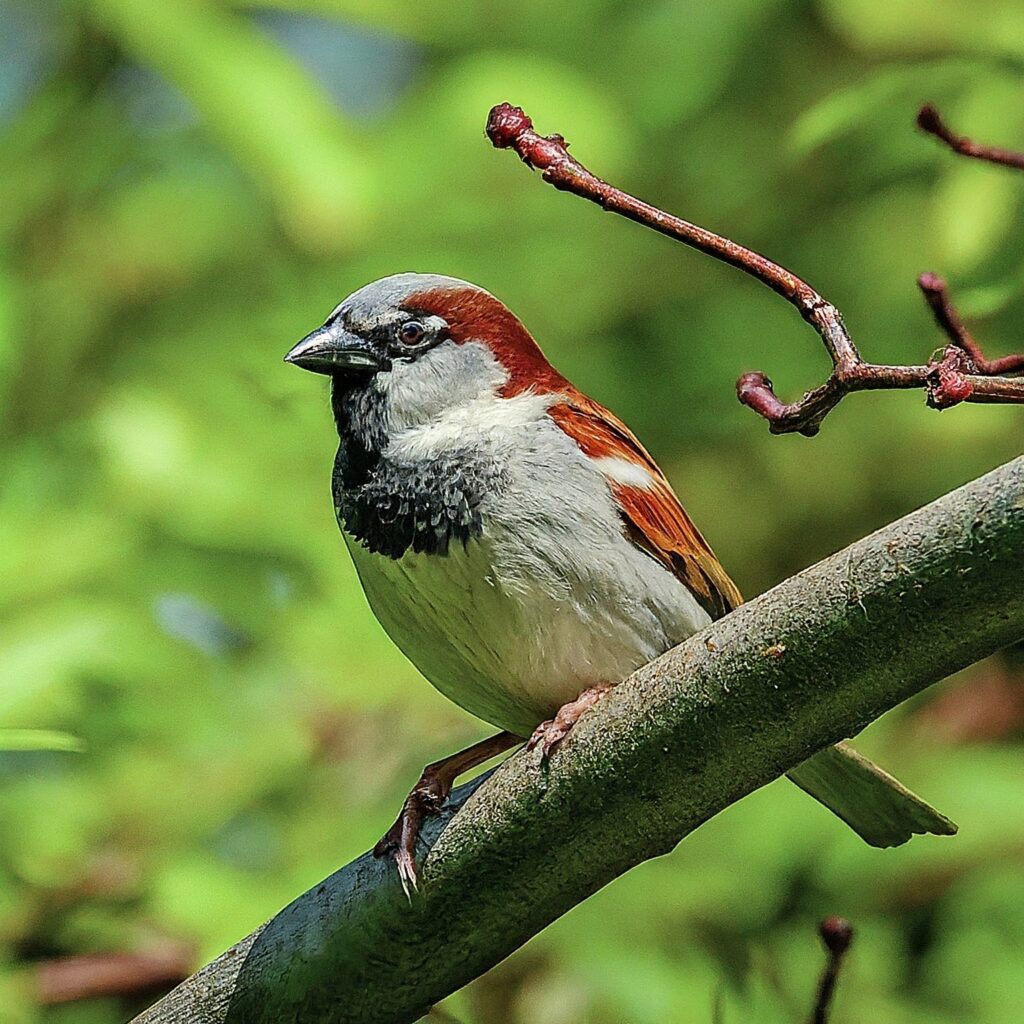House Sparrow is the State Bird of Bihar. It is a small, brown-grey bird that is one of the most common birds found in Bihar. This bird is known for its chirping sounds, and it is often seen hopping around on the ground, searching for food.

Table of Contents
What is State Bird of Bihar?
The house sparrow, state bird of Bihar, is a social bird that lives in flocks. They are very active birds and can be seen hopping around on the ground, searching for food. They feed on seeds, grains, and insects, and they are known to visit bird feeders and bird baths.
The breeding season of house sparrows is from March to August. They nest in cavities, such as holes in walls or under the roofs of buildings. The female lays 4-5 eggs, and both parents take care of the eggs and chicks.
"House Sparrow is quite adapted to the human habitat"
Habitat of Bird of Bihar
The State Bird of Bihar is native to Europe, Asia, and parts of North Africa. However, due to its adaptability to human habitation, it has spread to other parts of the world, including North America and Australia. The bird prefers to live in human settlements, such as cities, towns, and villages. They can be found in gardens, parks, and other green spaces.
Declining Population
Unfortunately, the house sparrow is in decline in many parts of India, and in some parts of Bihar. This decline has been attributed to various factors, including habitat loss, changes in agriculture practices, and the use of pesticides.
Conservation efforts
Efforts are needed to protect the house sparrow. Some of the measures that can be taken include providing suitable nesting sites, such as nest boxes and birdhouses, reducing the use of pesticides, and creating green spaces in urban areas. Educating people about the importance of the house sparrow and its role in the ecosystem can also help in conservation efforts.
In conclusion, the House Sparrow is an important bird that needs our attention. With the right conservation measures, we can ensure that this chirpy bird continues to thrive in our urban areas. By taking small steps, such as providing nesting sites and reducing the use of pesticides, we can make a big difference in the conservation of this beloved bird.
Read: Geography